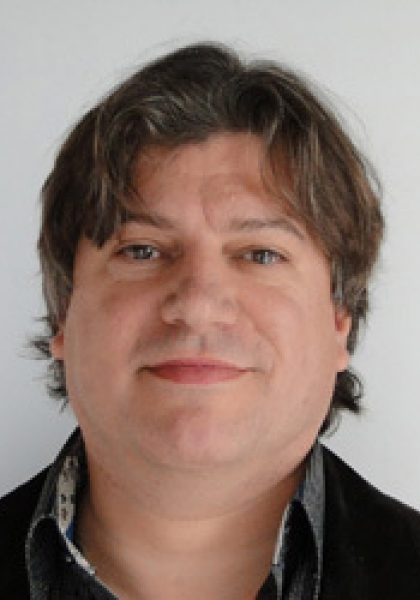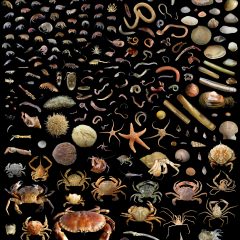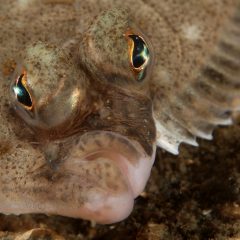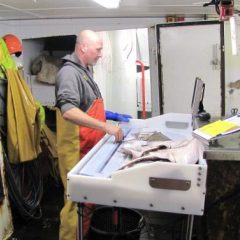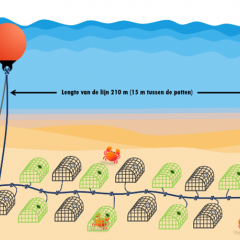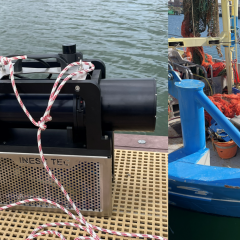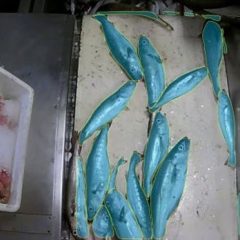Research project FEASIBILITY STUDY FOR INTEGRATED CULTIVATION OF THICK-LIP GREY MULLET AND SALTY VEGETABLES USING INDUSTRIAL RESIDUES, WITH INTEGRATION OF TOURISM
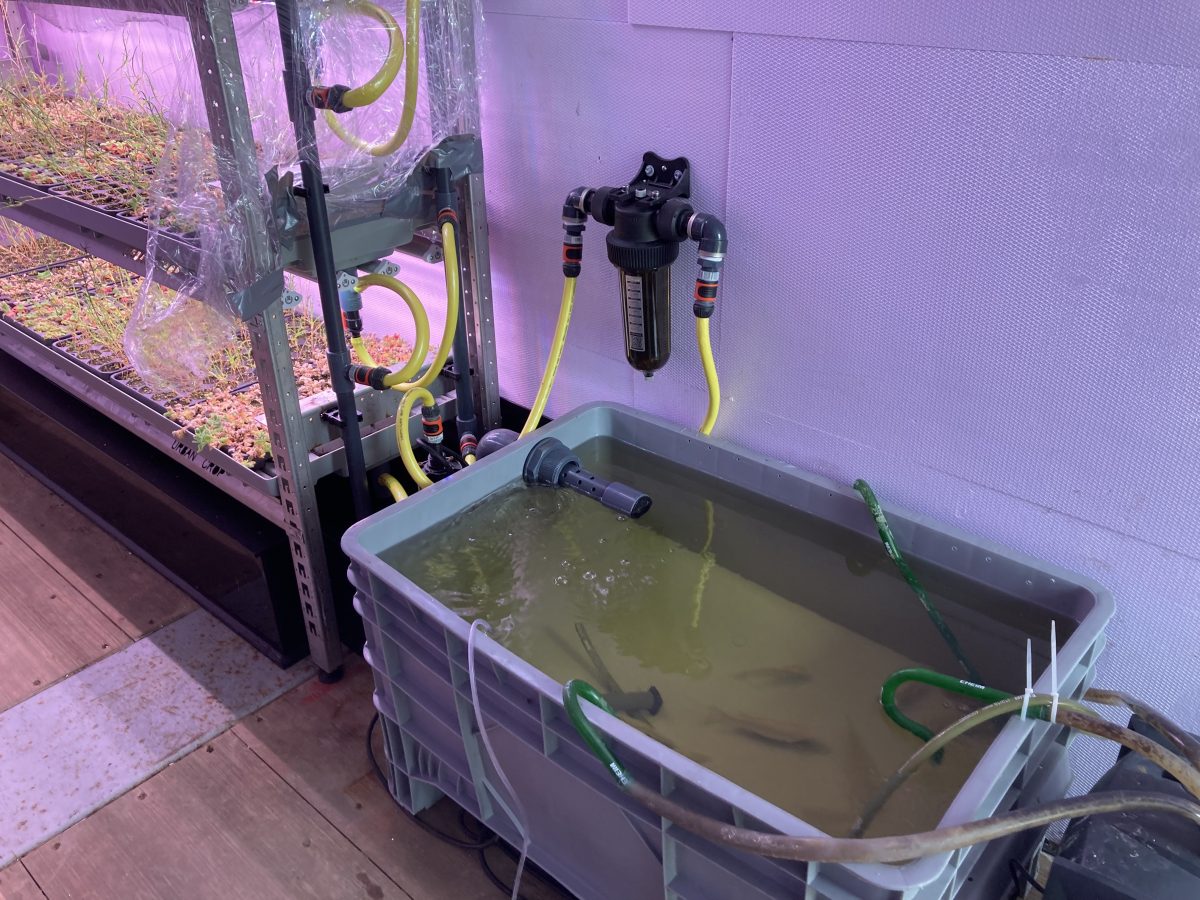
General introduction
Can the cultivation of fish be linked to the cultivation of saline vegetables (circular production)? Can we use residual flows (heat & CO2) from industry (Biostoom) in the cultivation of fish and saline vegetables? How can we open up the cultivation of fish and saline vegetables to the general public in an exciting way, without endangering the health of the farmed products?
Research approach
Saline vegetables are cultured in a container at the Biostoom with a tidal system in vertical farming. Fish are grown in the same container, with the effluent water serving as fertilizer for the saline vegetables. In addition, the container is supplied with residual heat from the industry. Research is also being done into the capture of CO2 from the smoke from the incinerator, for the use in the cultivation of saline vegetables. The use of virtual and augmented reality should contribute to a higher attractiveness for the general public and improving biosecurity.
Relevance/Valorization
Practical results show that aquaculture in Belgium is in need for solutions that address the high production costs as well as the availability of essential resources, such as water, space and raw materials. This feasibility study investigates local and circular production, in order to reduce production costs on the one hand and to anchor the necessary resources locally through circular production. Because visitors to the fish farm form a biosecurity danger, sanitary restrictions are in place that exclude the general public from visiting the farm itself. This project aims to stimulate interest for visitors by using virtual and augmented reality techniques.
